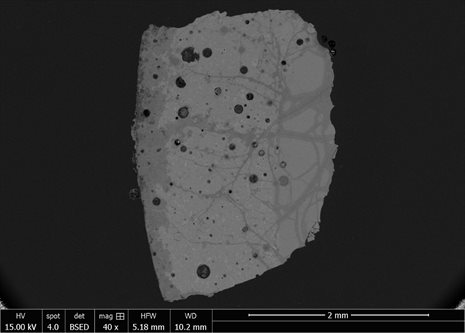Project details
The glass cylinders are ‘black’, deeply coloured translucent hues, including blue and brown, with opaque white decoration. The cylinders were used to form herringbone decorative panels on the ziggurat doors. The glass is housed in the Bastan museum, Tehran and the Susa museum, southwestern Iran. The glass was excavated between 1946 and 1962 by the late Roman Ghirshman.
The objective of the project is to carry out the first comprehensive scientific study of this very important glass. Samples from these cylinders have been chemically analysed using electron probe microanalysis and laser-ablation inductively coupled plasma mass spectrometry. Three samples were also analysed using thermal ion mass spectrometry to determine their strontium and neodymium isotope signatures.
Project aims
1. To define the provenance of the glass, potentially providing the first proof of primary glass production in Late Bronze Age Iran;
2. To investigate colour specialisation in the glass;
3. To define the manufacturing technology of the cylinders;
4. To carry out a comprehensive investigation of the glass deterioration
Project outcomes
The preliminary unpublished results show that:
- the glasses have fairly consistent chemical compositions
- isotope analyses show that the glasses were made in western Asia
Publication of the results is in preparation and will appear in a peer reviewed international journal.

A backscattered scanning-electron micrograph of a sample of one of the Chogha Zanbil glass cylinders. The darker grey lines running through the glass are due to weathering. Almost all of the glasses analysed were found to be weathered.